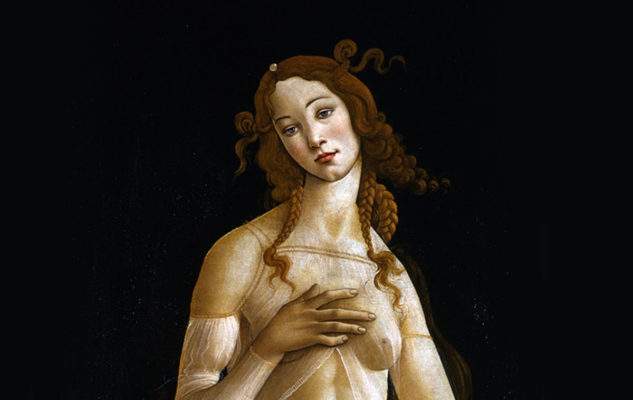The exhibition The Worlds of Riccardo Gualino. Collector and Entrepreneur brings together, in the Sale Chiablese of the Musei Reali in Turin, from June 7 to November 3, 2019, the collection that belonged to entrepreneur Riccardo Gualino (Biella, 1879 - Florence, 1964), presenting an important nucleus of works preserved at the Galleria Sabauda in Turin and at the Banca d’Italia in Rome, along with paintings, sculptures, furniture and photographs from museums and institutions in Turin and nationwide, private collections and archives, first among them theArchivio Centrale dello Stato. The exhibition is an opportunity to get to know, for the first time extensively, the entire span of the life and collecting of Riccardo Gualino, captain of industry and financier, a leading figure in the Italian economy of the 20th century.
The exhibition, curated by Annamaria Bava and Giorgina Bertolino, is a project of the Royal Museums of Turin in collaboration with the Bank of Italy and the Central State Archives. The exhibition is based on the intertwining of life and artistic vision, an address that Gualino himself advocated and recounted in his 1931 autobiography. The exhibition outlines the figure of the entrepreneur and patron collector in its entirety, through more than one hundred and fifty works including paintings and sculptures, as well as artifacts, furnishings and suntuary collections, accompanied by period images and a rich biographical and documentary apparatus.
In the eighteen rooms of the Sale Chiablese, the works are juxtaposed from historical sources or set up in spaces that refer back to the original ones: the rooms of the Castle of Cereseto Monferrato, his first residence in the neo-Gothic style, the little palace on Via Galliari in Turin, and the office on the top floor of the palace on Corso Vittorio. They are accompanied by photographs and images that tell of the worlds of Riccardo Gualino and his wife Cesarina Gurgo Salice, the houses they lived in, the cosmopolitan milieu they frequented, the climate of a roaring age.
Some document the ultra-modern factories Gualino established in the lumber and cement, artificial silk and chocolate industries. The success of companies such as Snia Viscosa and Unica corresponded, between 1920 and 1930, to the peak of the collection, with the acquisitions of works such as Duccio di Buoninsegna’s Madonna Enthroned, Botticelli’s Venus, Veronese’s Venus and Mars, the Négresse by Édouard Manet, Claude Monet ’s Country Landscape, and the eastern core, with the 13th-14th-century Buddha in Meditation, gleaming in its golden lacquer. During this period, the Gualino family had their portraits painted by Felice Casorati, in the courtly poses of Renaissance lords, taking on in real life the role of patrons, supporters of young artists, and in particular of the Six Painters of Turin, of avant-garde dance and theater, with the opening in 1925 of a private hall in their residence and then of the Turin Theater. The splendid season is shattered by the crisis of the group’s companies, the crack, and the condemnation of the entrepreneur and financier to confinement, ordered by Mussolini himself in 1931.
The collection is granted to settle debts with the state: one part goes to the Pinacoteca Sabauda, the other to the Bank of Italy. Having served his sentence, Riccardo Gualino begins a new life in Rome. He resumed his entrepreneurial activities, with Rumianca and Lux Film, the production company of De Santis ’ Bitter Rice and Visconti’s Senso. In the capital, where he will live for thirty years, having lost his first fabulous collection, he begins a second one, again very rich. The dialogue between past and present is renewed, as suggested in the exhibition by the young Clelia painted by Felice Casorati in 1937 and the fourteenth-century sculpture with St. Catherine by the Master of St. Catherine Gualino that takes its name from her, one of the works now rediscovered, among the many dispersed since 1931.
For all information you can visit the official website of the Royal Museums of Turin.
Pictured: Sandro Botticelli, Venus (last quarter of 15th century; oil on panel transported on canvas; Turin, Galleria Sabauda)
Source: press release
 |
| From Botticelli's other Venus to Manet and Monet, for the first time an exhibition on Riccardo Gualino's collection |
Warning: the translation into English of the original Italian article was created using automatic tools. We undertake to review all articles, but we do not guarantee the total absence of inaccuracies in the translation due to the program. You can find the original by clicking on the ITA button. If you find any mistake,please contact us.